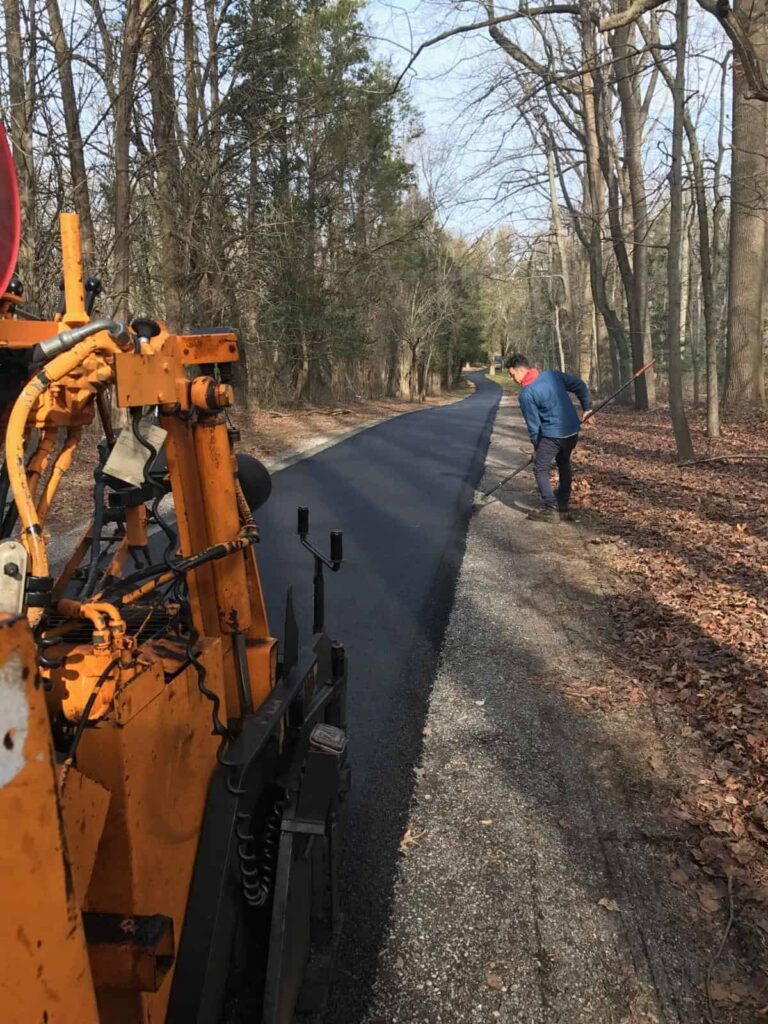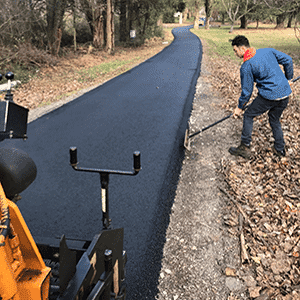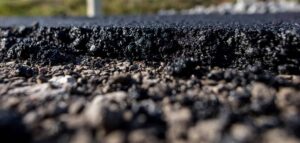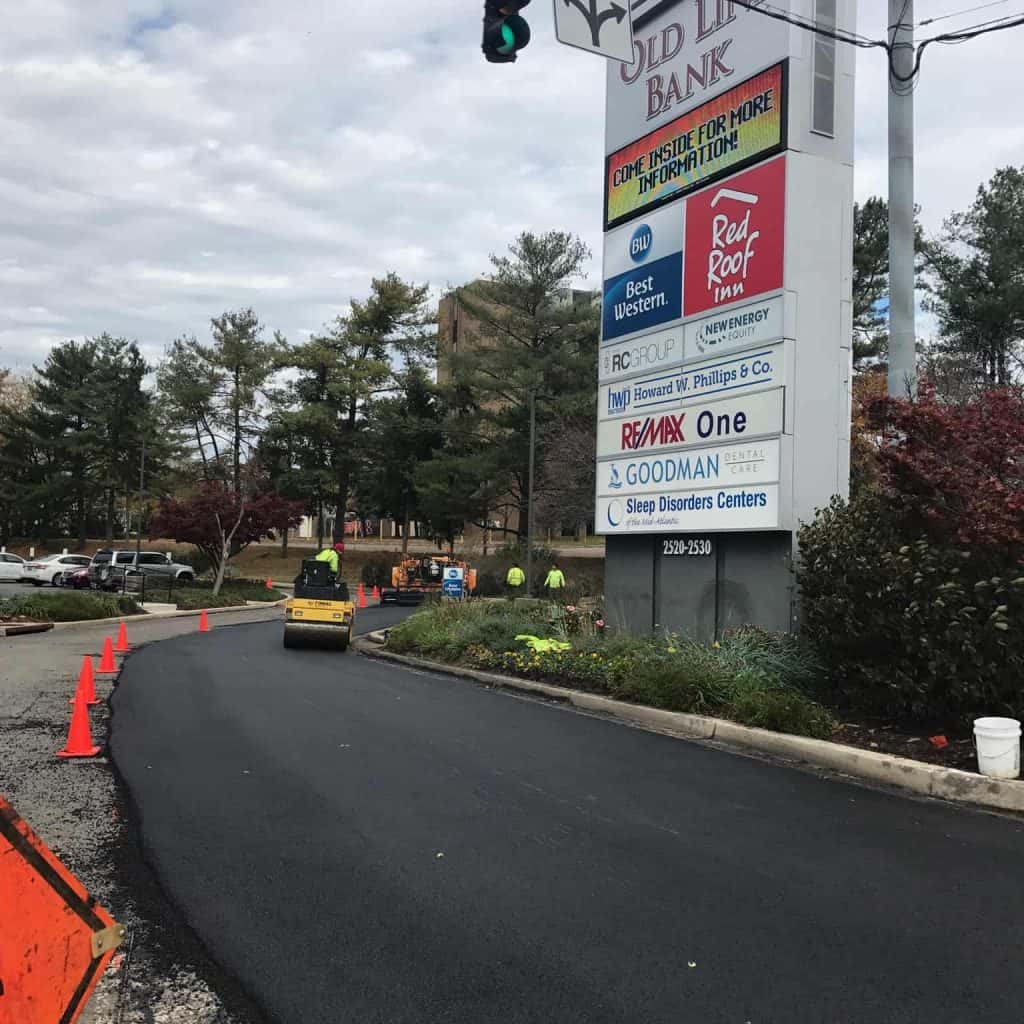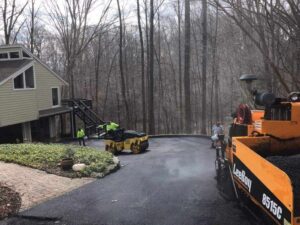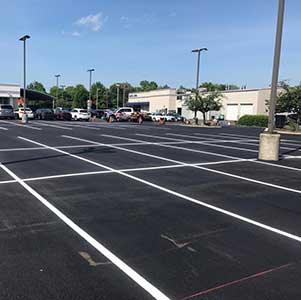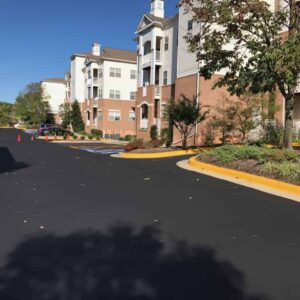The answer to this question might seem pretty obvious, but with the rise of huge population centers around the world, it became necessary to have efficient transportation between all these centers. Food, clothing, building materials, and a great many other products had to be transported quickly between growing cities and rural areas, in order to feed, clothe, and house the large numbers of people populating the world.
Roadways which were simply worn down by various modes of transport were easily bogged down when the weather became problematic, and this interfered to a great extent with timely commerce. Especially during wet seasons or snowy periods, natural roadways were virtually unusable and could not be relied upon. That made it essential for there to be paved roads which could be accessible and usable all year round, thus the need for paving.
Benefits of asphalt played paving
Upwards of 94% of all roads in this country are paved with asphalt, and there are a number of good reasons for that. They provide a safe mode of transport for vehicles because they offer high skid resistance and have excellent color contrast between the road surface and markers along the roadside. Asphalt also reduces glare and melts ice and snow more quickly than any other type of paving material.
Asphalt is also smoother than any other kind of road material, which provides for a much better ride, and that’s important when fragile materials are being transported. Saving money is always a concern for highway departments, and asphalt roads are literally the most cost-effective material which can be used. They can be built much more quickly than other types of roads, and they generally need only periodic maintenance in order to keep them in good operating condition.
Roadway noise is a factor in many areas, especially residential neighborhoods, and asphalt can reduce highway noise by as much as 7 dB, which is important because it reduces the need for costly sound barriers. Reducing noise by a mere 3 dB is equivalent to increasing the distance from the source to the listener by a factor of two. Asphalt roads also require no curing time and relatively little site preparation, which means that traffic can be flowing on a newly installed asphalt road literally as soon as the rollers cease operation.
The ease of construction is a factor as well because they can be paved one lane at a time, which minimizes disruption to any localized area, thereby relieving congestion. This results in a savings of thousands of dollars to taxpayers, especially since many paving projects can be completed in as little as one day, and sometimes even overnight. This is extremely beneficial to travelers, and for stores and other businesses which depend on traffic for their livelihood.
Asphalt is a material that is 100% recyclable, and it is in fact the most highly recycled product in this country. Each year more than 100 million tons of asphalt is recycled, and that amounts to a savings of $2 billion for taxpayers. It requires 20% less energy to make asphalt than it does for any other paving material. It’s even possible to recycle such discarded items as tires and shingles into new asphalt pavement. This reduces landfill usage and contributes even more to the conservation of natural resources.
Another great thing about asphalt paving is that it enjoys a relatively long life since it can withstand occasional overloads without sustaining major damage. Asphalt roads can be installed at almost any location, regardless of the volume of traffic, the type of soil, and any other local conditions. With just periodic maintenance, an asphalt road can be kept in good shape for an indefinite period of time, so the durability of this paving material is unquestioned.
On top of all these other benefits, one last advantage of using asphalt as a paving material is that it is attractive. A new asphalt road is a good investment in the appearance of any community where it’s installed, and it contributes to the ongoing safety of residents. Asphalt blends in with the natural surroundings very nicely and enhances the natural appeal of any area where it has been installed.

